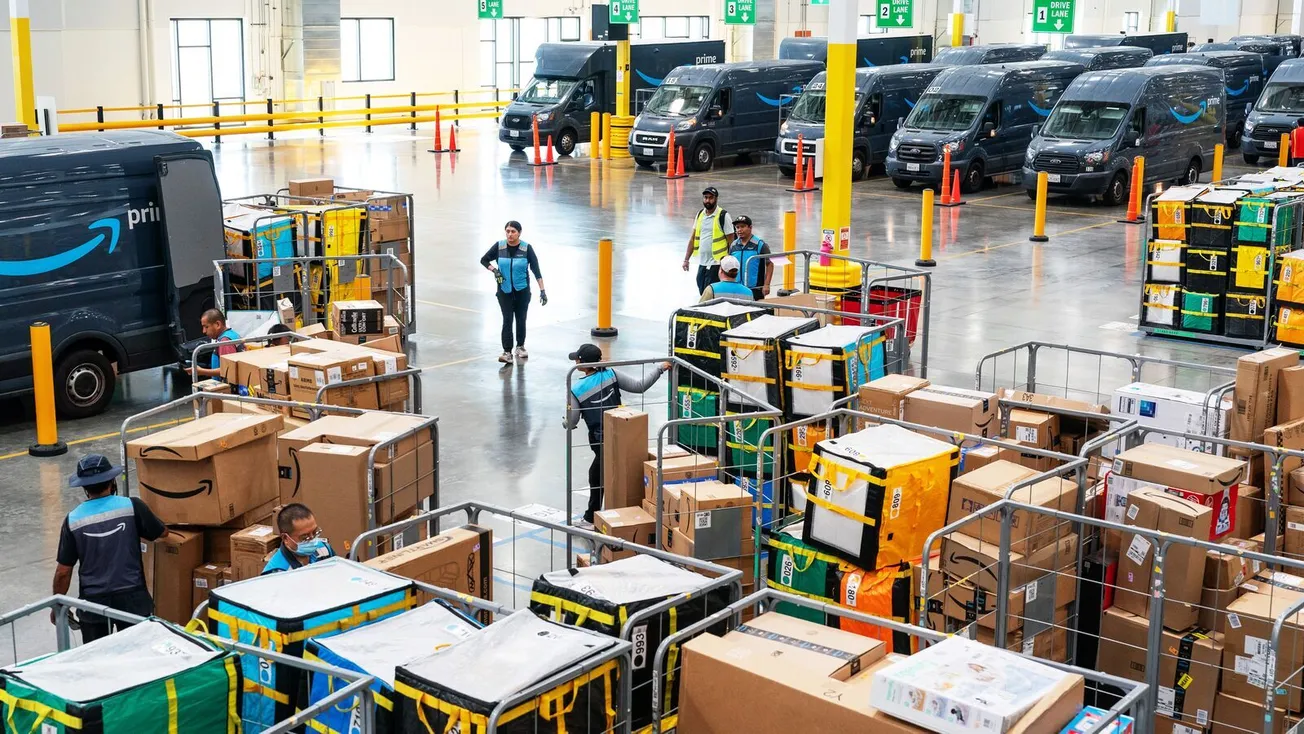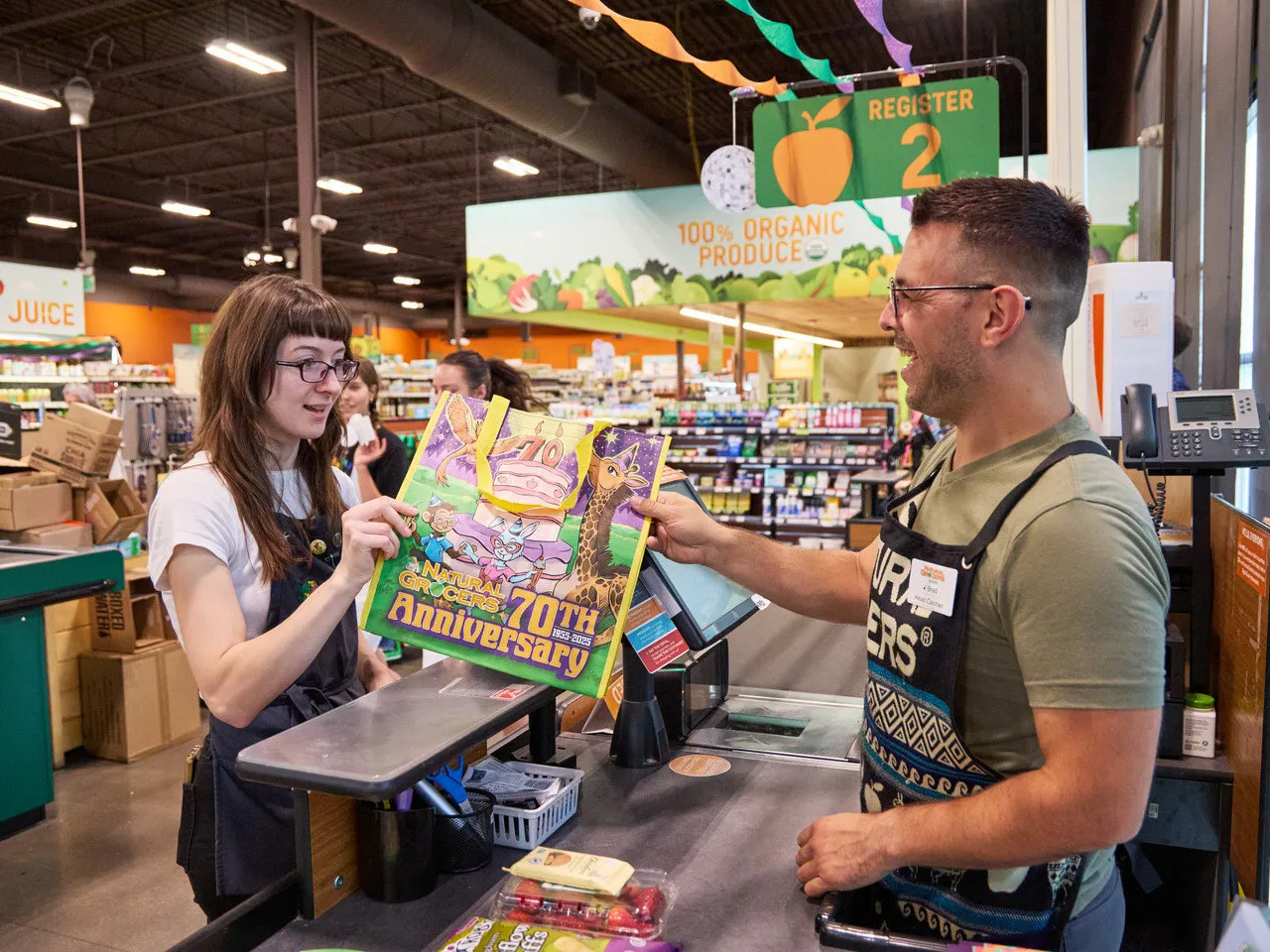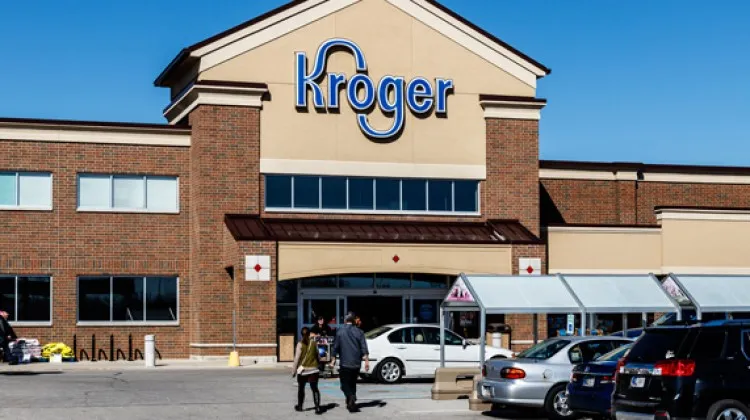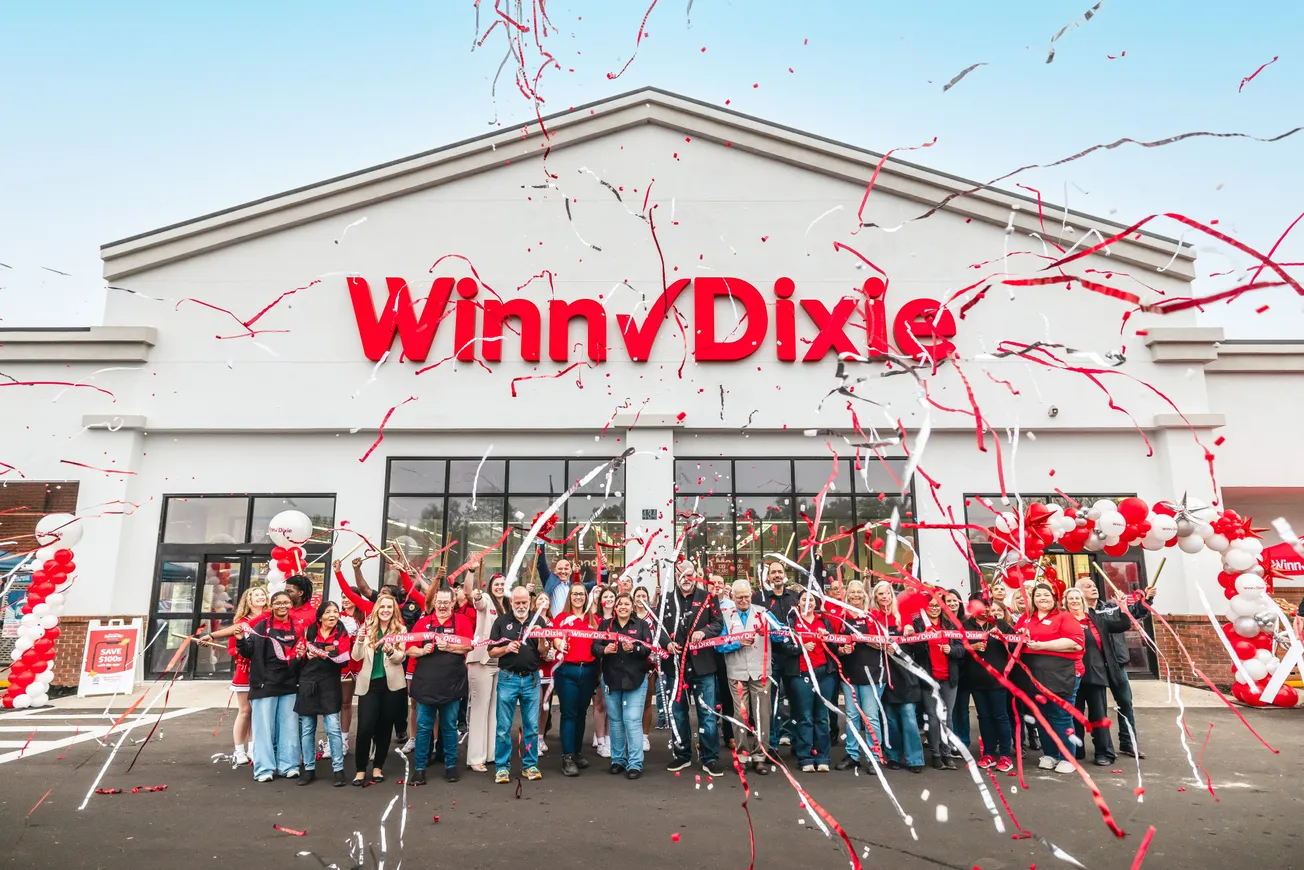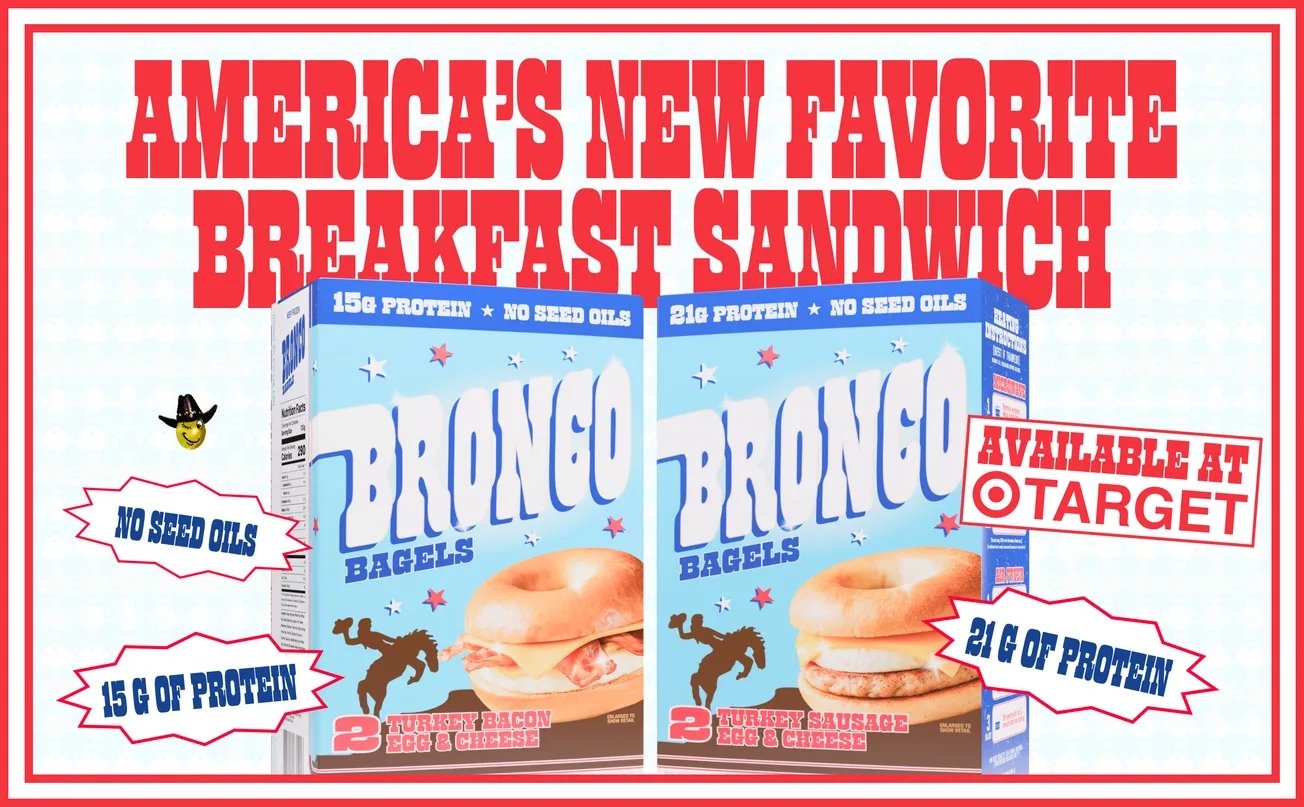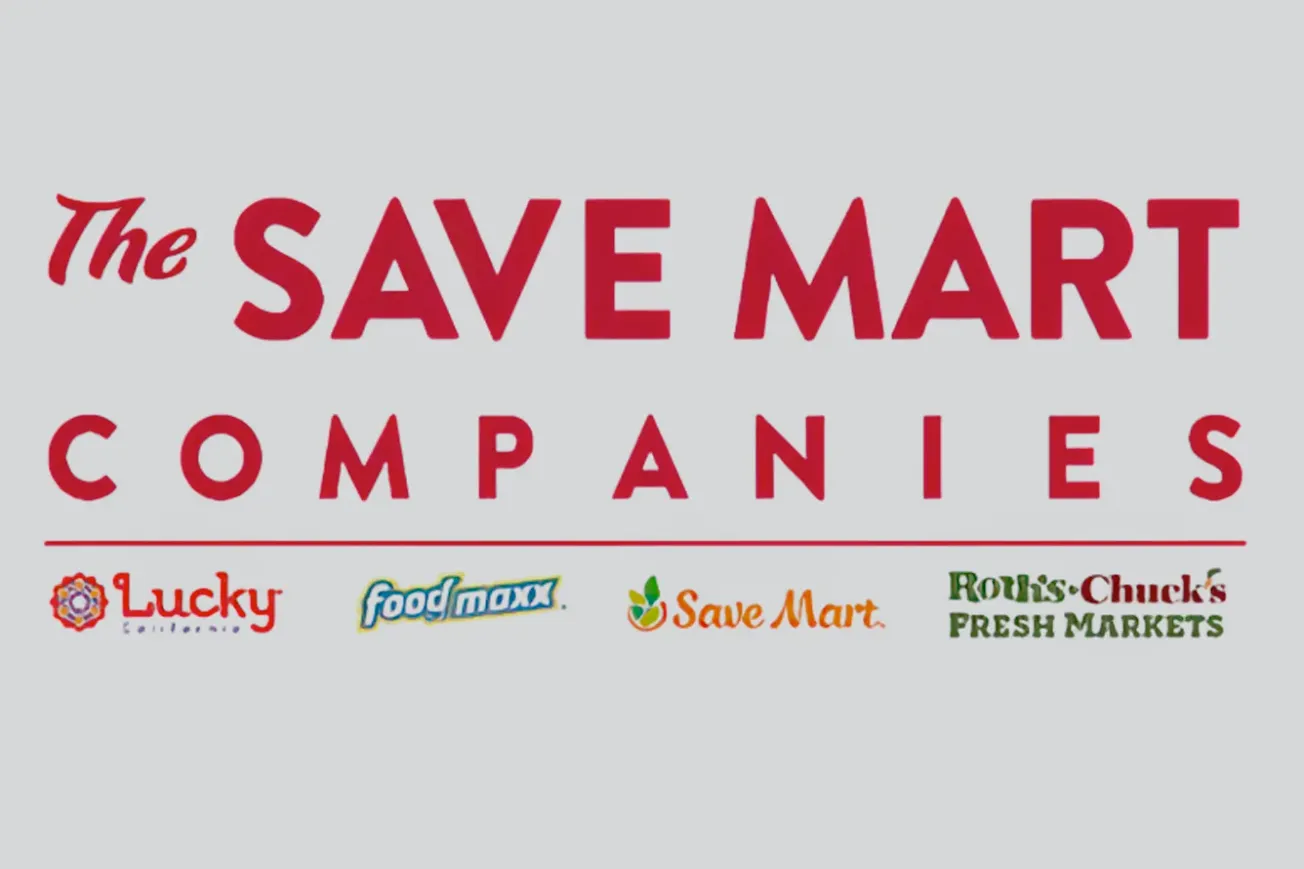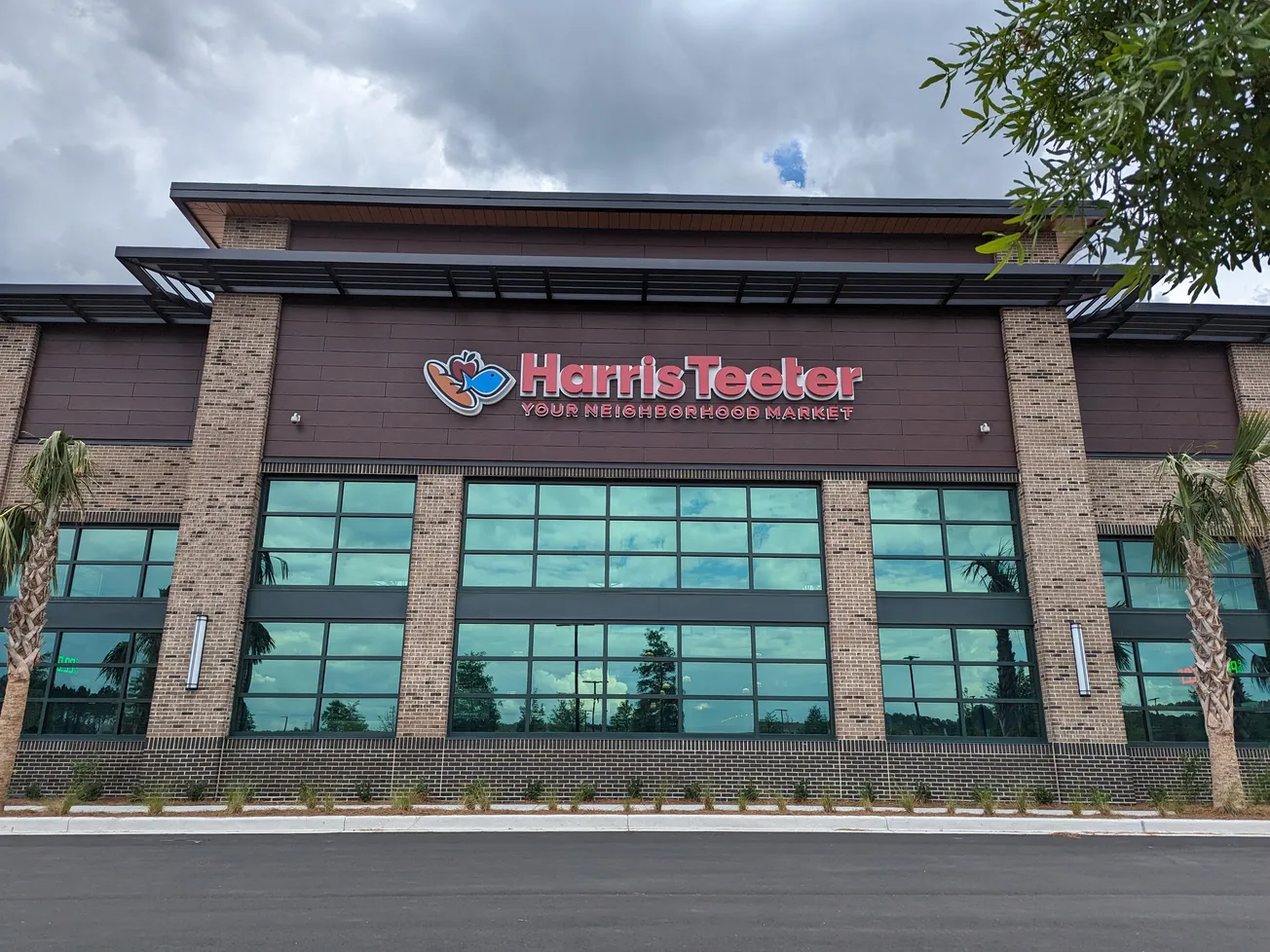SEATTLE — As Amazon gears up for Prime Day this July, the company is pulling back the curtain on the extensive behind-the-scenes preparations that make its biggest shopping events successful. From Prime Day to Black Friday and Cyber Monday, these high-volume retail holidays require months of meticulous planning across fulfillment centers and delivery stations nationwide.
Jae Garcia is a senior operations manager at one of Amazon’s largest West Coast delivery stations. With over a decade at the company, Garcia knows the rhythm of peak retail cycles inside and out.
The planning process is ongoing, with Amazon holding regular meetings and training sessions throughout the year to ensure readiness. Fulfillment centers handle the picking, packing, and shipping of customer orders, while delivery stations—like Garcia’s—sort packages and dispatch them to delivery drivers. “We’re the last stop before a package gets to a customer,” Garcia explains. “That comes with a lot of responsibility.”
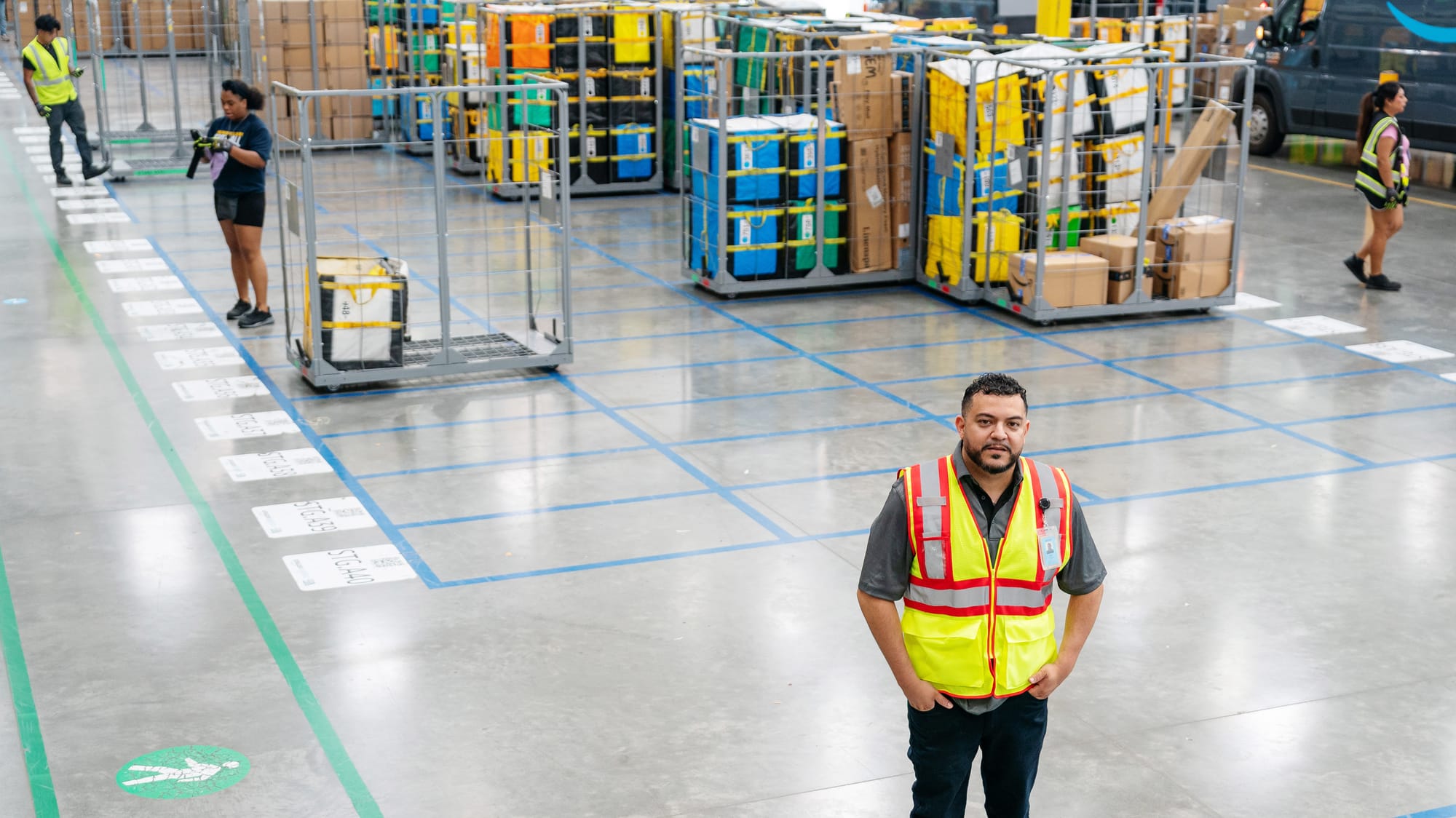
One key priority ahead of significant events is staffing. Amazon begins hiring well in advance, guided by projected order volumes. This includes internal employees and drivers employed by Amazon’s Delivery Service Partners (DSPs).
Every new operations employee undergoes comprehensive safety training, covering everything from ergonomics and emergency protocols to safe walking paths marked with color-coded tape. Site leaders also lead drills at least twice a year to ensure every team member is prepared for weather-related or other emergencies.
To ensure alignment, each site prepares an “operations playbook”—a comprehensive guide detailing every workflow aspect, complete with checklists and contingency plans. “We prepare a playbook for the team, which is essentially a one-stop shop for all the information an employee might need,” Garcia says. The playbook “describes every single part of our operation from front to back,” he adds, noting that there are even check marks for every item to ensure the whole team is prepared.
Communication doesn’t stop at documentation. Daily check-ins, refresher trainings, and regular updates keep teams informed and agile. Managers also run through “what if” scenarios to prepare staff for potential disruptions, such as mechanical issues or late truck arrivals.
During Prime Day, the scale of operations grows significantly. “We’re seeing close to 500 to 600 people—drivers, employees, leadership, and support teams such as our janitorial team—coming into the building at different times throughout the day,” Garcia says of his delivery station.
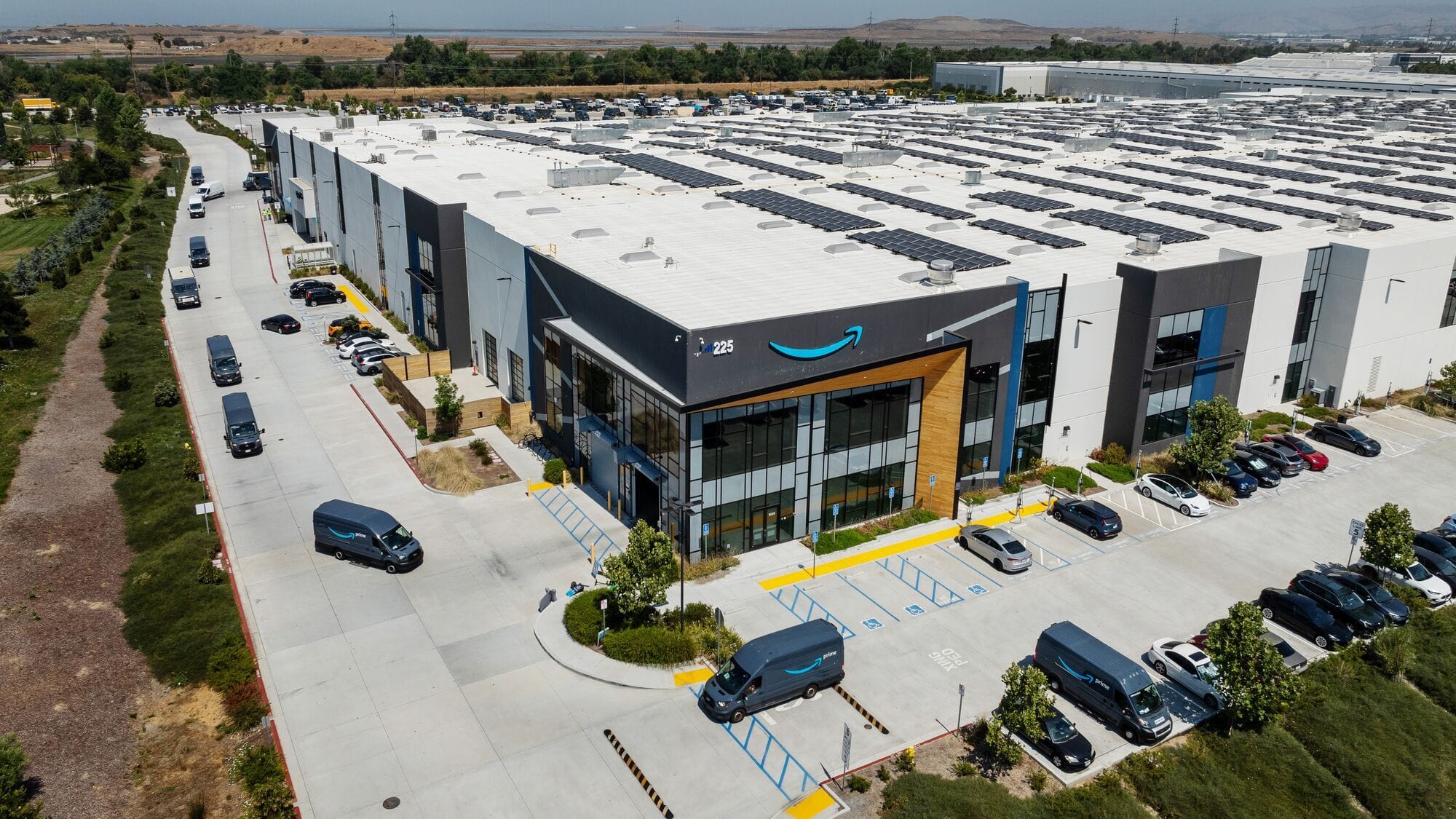
“We even take into account the fact that there needs to be more food available on-site leading up to and on Prime Day,” Garcia adds.
Amazon partners with McDonald’s nationwide to offer delivery drivers access to food, drinks, clean restrooms, and cooling stations, reinforcing its commitment to supporting all members of its logistics ecosystem.
However, Amazon’s focus isn’t just on productivity and safety; it’s also on morale. During busy seasons, sites host employee appreciation events like barbecues, ping-pong tournaments, and team celebrations to keep energy levels high and recognize the efforts of frontline staff.
“Our employees are the heart and soul of our operation, and we want to show extra appreciation for their hard work during busy shopping events like Prime Day,” says Beryl Tomay, vice president of transportation. “Sites are buzzing with excitement during the event, and leaders arrange things like barbecues and ping-pong tournaments to build on that energy and thank our employees for everything they do.”


